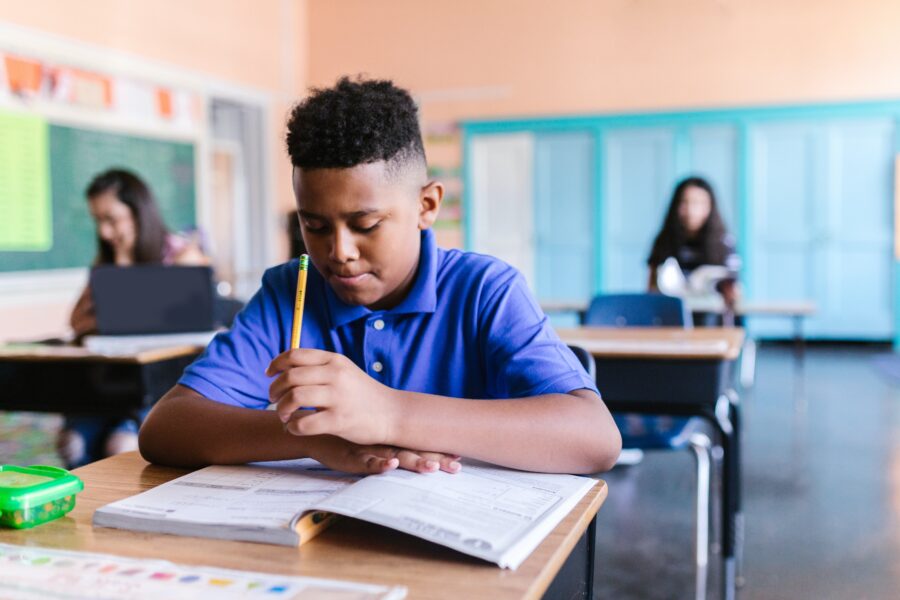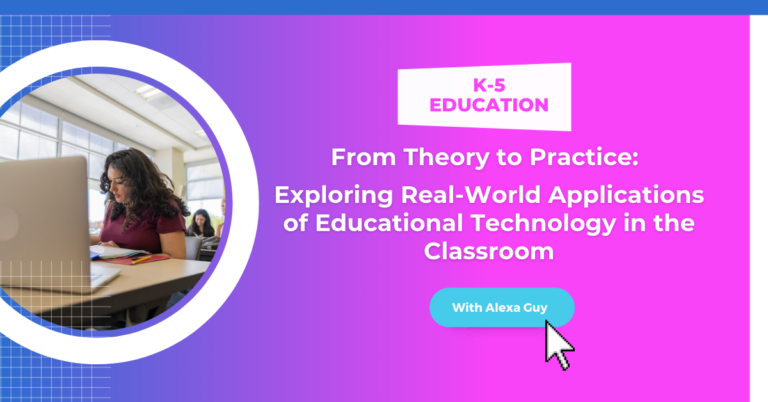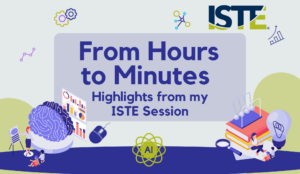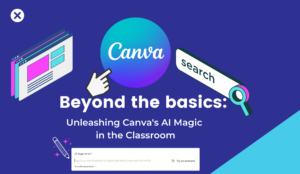Reading is one of the most important skills that students learn in school. However, many students struggle with reading deficiencies, which can have a negative impact on their academic performance and overall confidence. In elementary school, reading is at the very early stages, often with students who have little to sometimes no prior exposure. Fortunately, technology can be a powerful tool for supporting students with reading difficulties.

Here are some ways that teachers can use technology to support students with reading deficiencies in the classroom:
Text-to-speech software
Text-to-speech software can be a game-changer for students who struggle with reading. This software allows students to listen to written text read aloud, which can help them to better understand the content. Teachers can use text-to-speech software in a variety of ways, such as by recording lectures or reading assignments aloud. Specific programs to consider include: Speechify, Screencastify and Microsoft Immersive Reader.
Audiobooks
Audiobooks are another great option for students who struggle with reading. Teachers can provide audiobooks for students to listen to, either in the classroom or at home. Audiobooks can help students to engage with books and other written materials, even if they have difficulty reading them on their own. Specific programs to consider include: MyOn, Benchmark Universe, Youtube, Spotify and Storynory.
Reading comprehension software
Reading comprehension software can be a valuable tool for students who struggle with understanding what they read. This software typically includes interactive exercises and quizzes that help students to develop their comprehension skills. Some reading comprehension software can even adapt to the student’s reading level, providing personalized support and feedback. Check out programs such as: NewsELA, i-Ready Reading, BrainPop and BrainPop Jr. (Elementary), EdPuzzle, Blooket, Kahoot, PearDeck and Plickers.
Speech-to-text software
Speech-to-text software can be helpful for students who have difficulty expressing their ideas in writing. This software allows students to speak their ideas aloud, and then converts their speech into text. This can be especially useful for students who have difficulty with spelling or grammar.
Programs to consider are: Flipgrid, Padlet and SeeSaw just to name a few.
In conclusion, technology can be a powerful tool for supporting students with reading deficiencies in the classroom. From text-to-speech software and audiobooks to digital reading tools and reading comprehension software, there are a variety of options available to teachers. By leveraging technology, teachers can provide personalized support to students with reading difficulties, helping them to improve their academic performance and build their confidence.






